I remember my excitement, all those years ago (2005), when I upgraded from dial-up internet access to “high speed” DSL. It was never great but it was the best thing available (we can’t get cable). The local phone company (CenturyLink) advertised 10mbps download (1mbps up) but we never got more than 8 and that was good enough. But for the last six months we’ve had continual problems. Good fast connection one minute… then almost nothing five minutes later. Lots of phone calls and two visits by technicians (image of large man scratching his head) and the service is still unreliable. So today is the day we cancel the service (which only costs $45/mo).
I’ve replaced it with AT&T’s wireless internet service. I’m now getting — on average — 35mbps down and 5mbps up. More than 4x faster! And almost certainly more reliable.
I’m paying $60 per month for the service and that gets me 50gb of data a month. Because we’re also DirecTV customers, they give us an additional 50gb. 100gb/mo should be enough but if we run over, we have an additional 30gb on our phones which can serve as wifi hotspots. I’ll monitor this for a few months to see what our usage looks like. DSL is ancient tech and while it has been mostly a good experience, I happy to see it go.
UPDATE 10/17/18: Or maybe not. Looks like we’ve used three quarters of our 100gb just halfway through our billing period. The overages could mount up fast. And we just don’t want to have to watch and budget. So we’re going back to DSL and will learn to live with slow speeds and unreliable service. But hey, I remember dial-up.

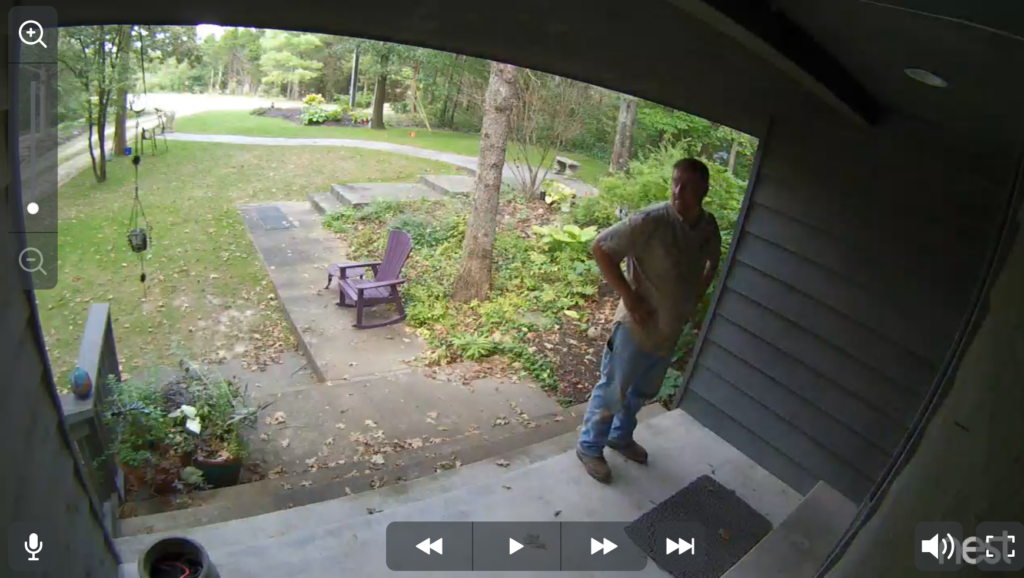
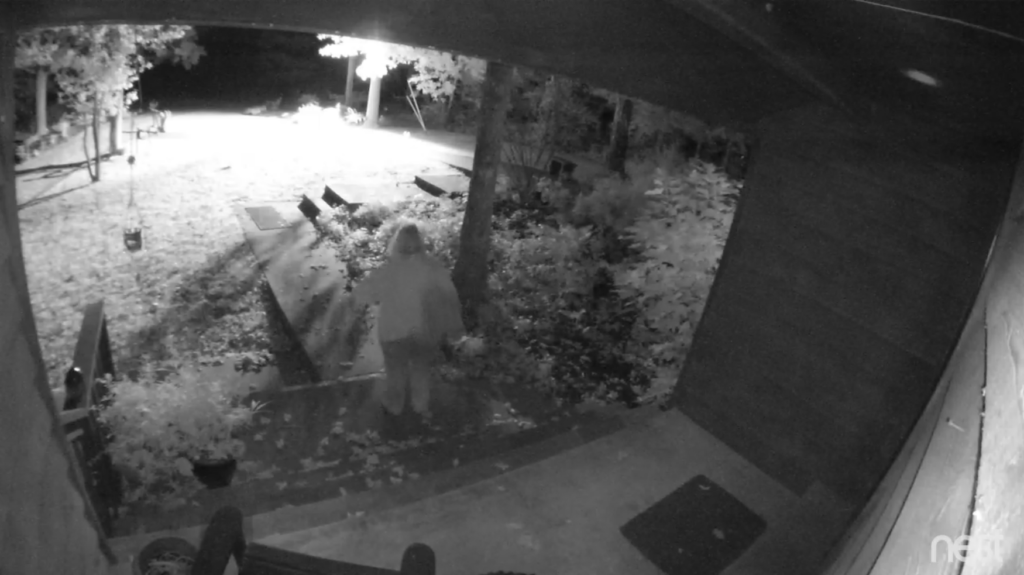
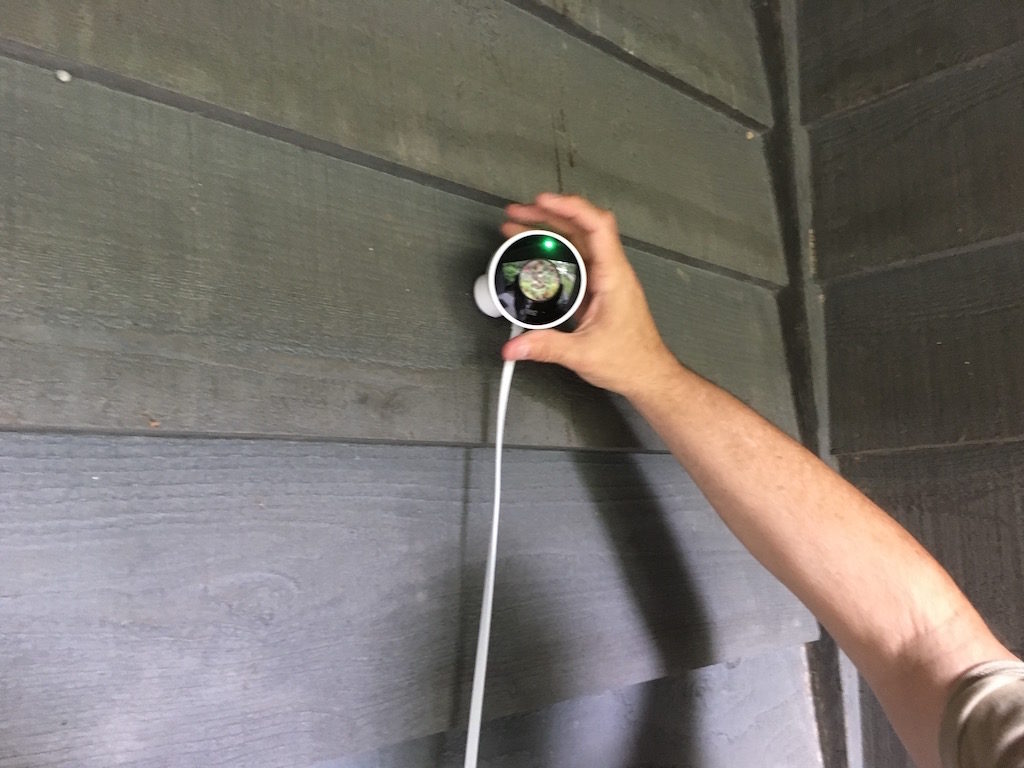

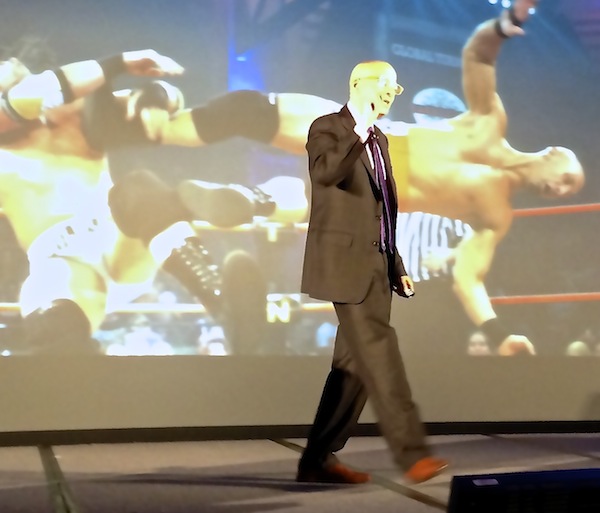
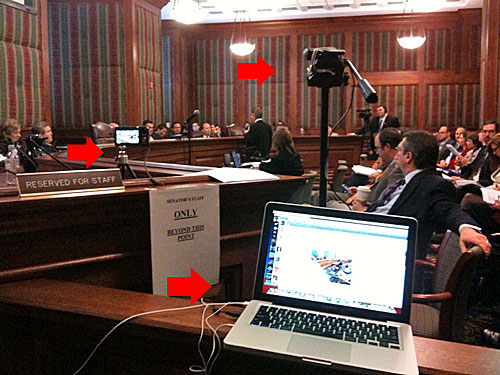
 I’d really love to have a pair of reading “glasses” with some flash memory to which I could Blue Tooth these articles, including photos and video. I don’t see why that would be technically difficult and damned handy.
I’d really love to have a pair of reading “glasses” with some flash memory to which I could Blue Tooth these articles, including photos and video. I don’t see why that would be technically difficult and damned handy.